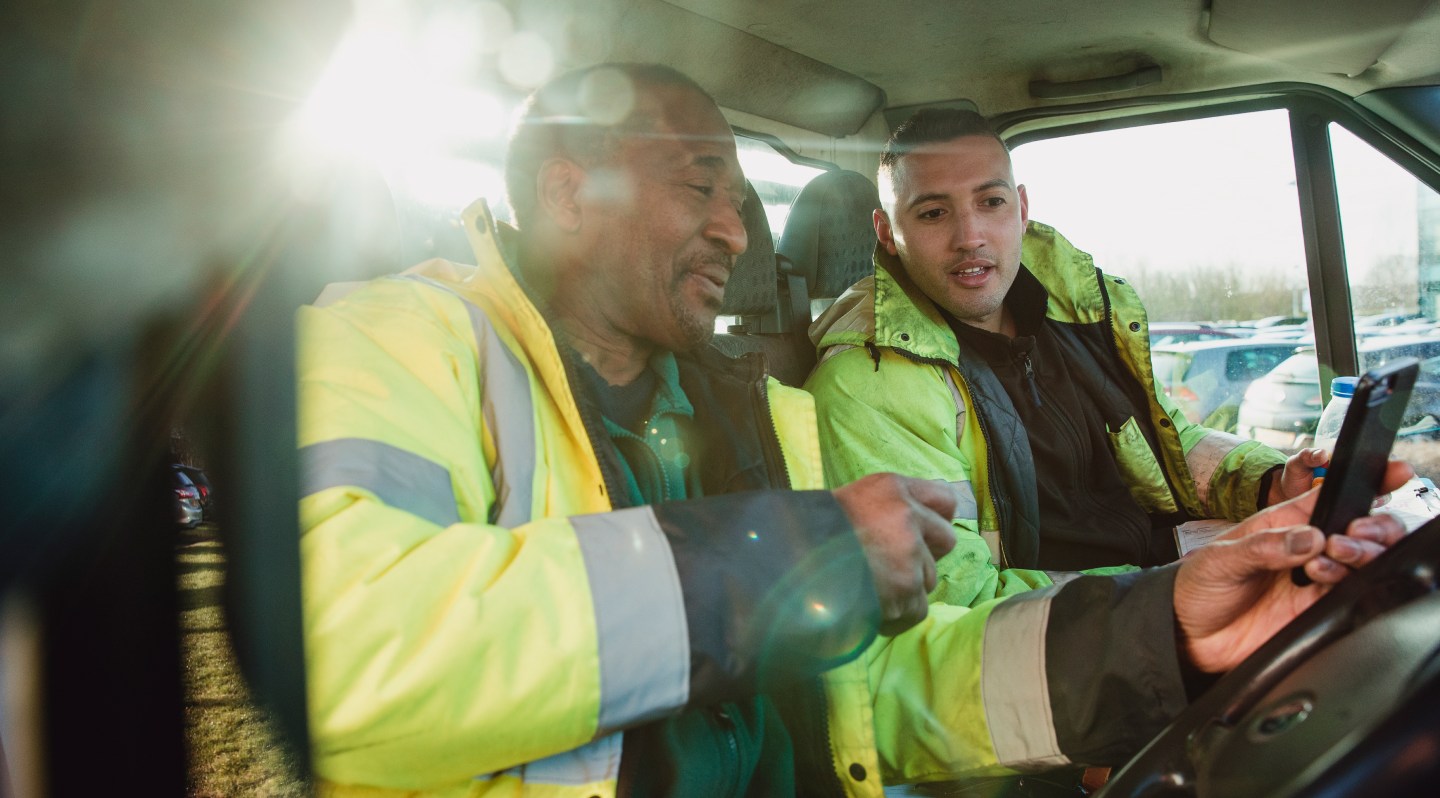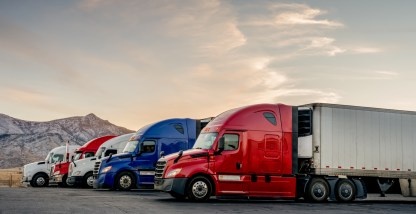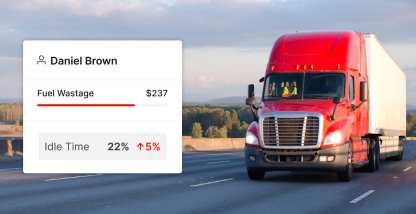From the pandemic’s frontlines to supply chain breakdowns, commercial fleets have had a rough couple of years, and labor shortages in construction and trucking have played a central role. The American Trucking Associations says about 80,000 drivers need to be hired for the industry to run at its best. At C&K Holdings in Chicago, Illinois, 1,200 drivers and 350 employees are feeling the pinch.
“For us, the labor issue is one of the biggest concerns,” says Mike Burton, CEO at C&K Holdings, the parent company of C&K Trucking. “Challenges we’re having with the labor market are the worst we’ve seen in 20 years.”
The good news is, a lot can be done to ease the workforce challenges that C&K Trucking and other companies are facing. Motive’s webinar “How to pivot your workforce development strategy” explores these challenges and presents meaningful solutions to them.
Don’t have time to listen? Here’s a recap of the session’s key takeaways.
High turnover increases the pressure to retain employees
C&K Trucking’s turnover rate this year stands at 80%, higher than the 50% and 60% it normally is. About 20% of C&K’s drivers have been lured away to the spot market, where rates are strong. Other drivers have left to get their DOT authority.
As C&K Trucking looks to onboard talent and develop their workforce long term, they continue to encounter roadblocks. “The Great Resignation has impacted us,” Burton says. “We’ve struggled from an employee retention standpoint. Those struggles are relatively new to us, and it’s difficult to find the answers.”
Connect with young talent earlier
The pandemic changed the way the world works. “Now employees expect a better work-life balance, whether they work remotely or part-time in the office,” says Jennifer Kolb, VP of Business Development at Tallo, a solutions provider for all phases of workforce development. Younger generations, especially, seek a balanced lifestyle. And though workforce issues will continue into the near future, Kolb says there’s reason to be hopeful.
A Tallo survey of Gen Z’s perspective of trucking and logistics showed that 29,000 Gen Z expressed interest in working in trucking, distribution, and logistics. And while that amount isn’t big enough to solve the labor shortage overnight, it presents a great opportunity for commercial fleets to tap into prospective talent currently in high school and college.
“Gen Z prefers to hear from employers before a job becomes available, much like athletic recruiting,” Kolb says. “You should be building your brand right now. Realize how important it is for early talent to know about opportunities sooner.”
That’s important, considering that 55% of Gen Z respondents in Tallo’s survey say they plan to stay at their first employer for three years or more. “You have to reach out to them early or you won’t get them for another three to five years,” Kolb says. “Think about that. If the people coming in at the entry-level plan to stay for three or more years, employers in the transportation industry have to be open to bringing them on early. Gen Z values loyalty, so they will stay.”
Watch the full webinar here to learn how your fleet can connect with young talent earlier and make them part of your team.










